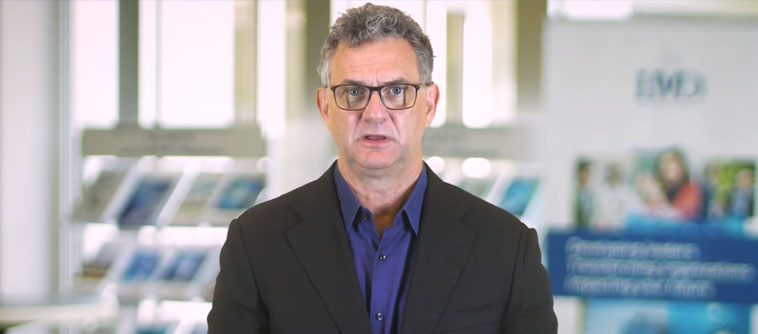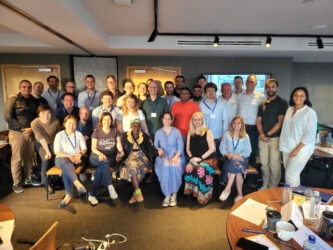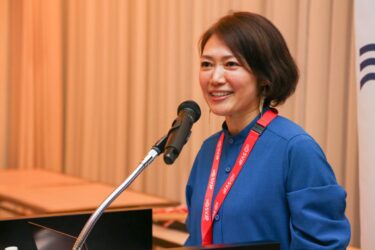While an individual may be trained in strategy and leadership, it is a rare CEO that has been trained in group dynamics.
“In stressful situations, we return to our tired old patterns,” says IMD Professor of Leadership and Organization Ben Bryant. “Whether you’re a mother, brother, son or senior leader, regression is a common occurrence.”
There are usually four kinds of presenting challenges that require leadership and adjustment by an executive team or CEO: transparency, conflict, fragmentation and commitment.
Executive team dynamics are highly complex and their defensive behaviors can lead to a lack of transparency. In order to protect themselves, senior managers might suppress emotions or share their opinions selectively. And that isn’t the worst of it – conflict can emerge with what seems to be an irrelevant trigger.
In order to break out of the roles that confine us, Professor Bryant suggests examining these and taking firm steps overcome our regressive behaviors. Doing so can help strike a healthy balance between divergence and alignment in the executive team.
The executive team seesaw
But why is the balance of divergence and alignment such a central challenge for many CEOs? On the one hand, executive teams seek alignment in order to create the best outcomes, but on the other hand, they need to embrace conflict, differences and diversity in order to avoid “groupthink”.
Divergence enables different perspectives to emerge, and helps a team see variance and data that a single leader cannot see. It also engages people as they become involved in the options, even though they might disagree.
“Executive teams need different ideas, different perspectives, different mindsets and different experiences to work through complex problems,” says Professor Bryant. “But they must also be in agreement to properly execute the decisions they make.”
The ideal model
A simple collaborative model of leveraging diversity and alignment would have executive team members acting as consultants – sharing their knowledge and persuading with their opinions with the final responsibility of decision-making left up to the CEO.
For this model to be effective, it must assume that top team members will agree to execute whatever the CEO decides. Even if they don’t agree with the CEO, they should align their behaviors and actions with the CEO’s decision. Yet, despite the tension and discomfort of executive team dynamics, a team may be functioning well.
“Perhaps the ‘team-ness’ of the executive team can ultimately be measured by the strength of its boundaries,” suggests Professor Bryant. “Is the conflict between two members serving the purpose of the team, or has it become a competition that one of them must win?”
Due to their sensitive nature, presenting challenges cannot usually be addressed head-on; they require subtle questioning as to whether the team is on-purpose and on-task. BART (Boundaries, Authorities, Roles and Tasks) and other similar frameworks may become essential analytical tools that contribute to alleviating the presenting problems and keeping the team on-task and on-purpose.
“No matter what model you favor, it is important to understand team behavior as a dynamic,” reminds Professor Bryant. “And effective leadership of these dynamic tensions can lead to more effective outcomes.”
Professor of Leadership and Organization Ben Bryant is leading the session Let’s talk: the art of dynamic dialogue at OWP liVe in November.



